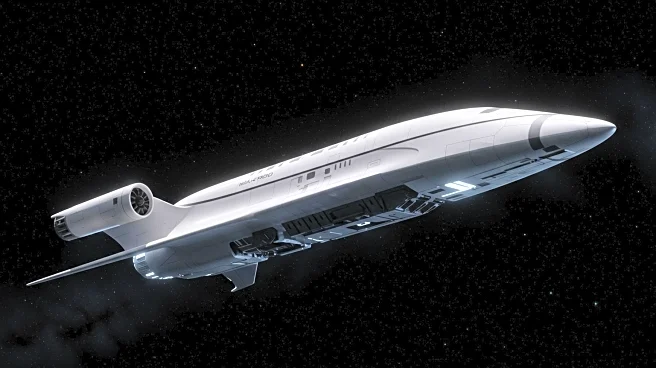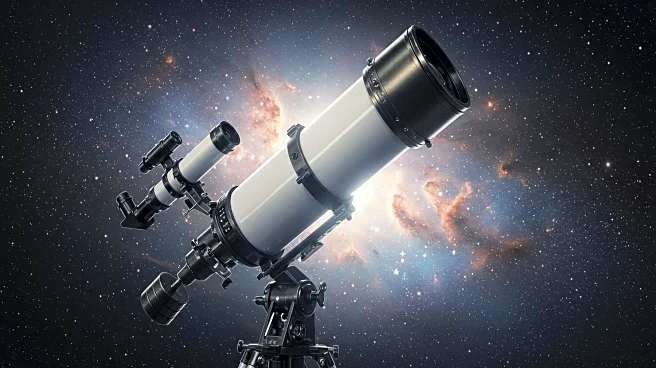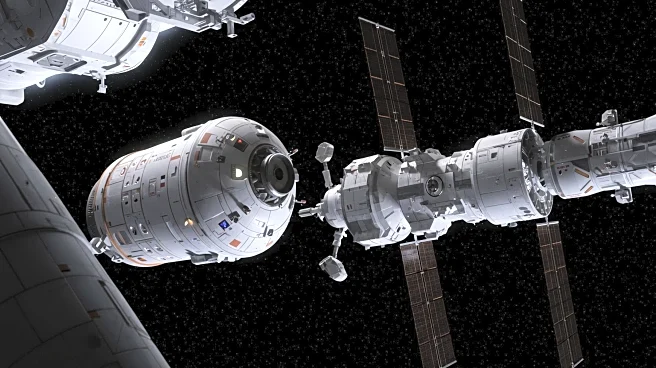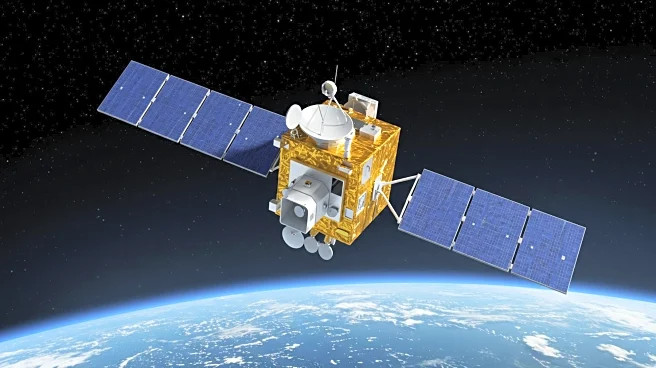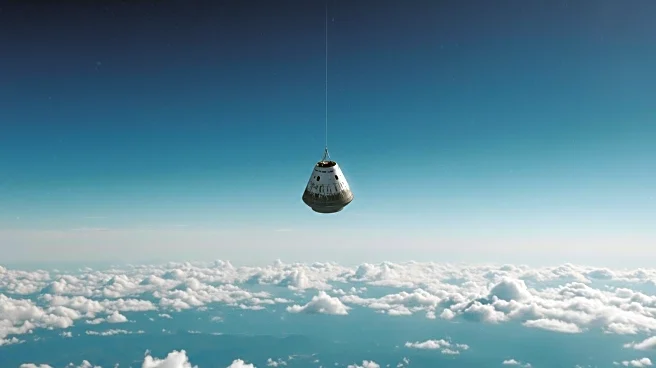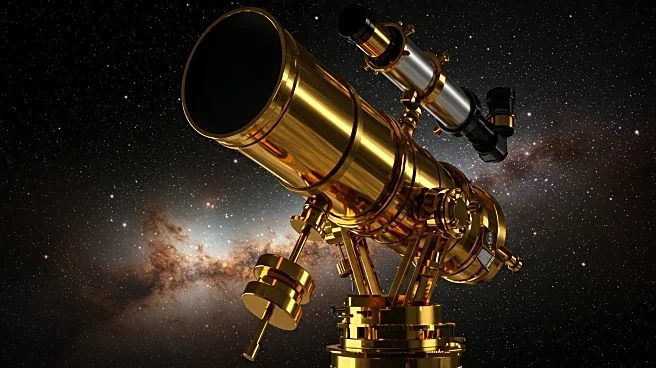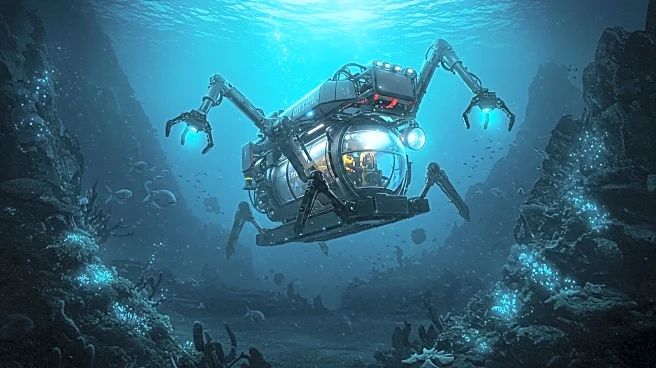What's Happening?
A hypothetical spacecraft named Chrysalis has been conceptualized to transport 2,400 people on a 400-year journey to the nearest star system, Alpha Centauri. This ambitious project was the winner of the Project Hyperion Design Competition, which challenges engineers to design a multigenerational spacecraft capable of sustaining a closed society over centuries. The journey would cover approximately 25 trillion miles (40 trillion kilometers) to reach the exoplanet Proxima Centauri b. While the concept remains theoretical, it raises intriguing questions about the feasibility and desirability of such long-duration interstellar travel.
Why It's Important?
The concept of a multigenerational spacecraft like Chrysalis highlights the growing interest in interstellar travel and the potential for human colonization beyond our solar system. This project underscores the challenges and innovations required to sustain human life over extended periods in space, including closed-loop life support systems and societal structures. The idea also prompts discussions about the ethical and logistical implications of sending humans on a one-way journey that spans multiple generations. Such advancements could pave the way for future space exploration missions and expand humanity's reach into the cosmos.
What's Next?
While the Chrysalis project is purely hypothetical, it serves as a catalyst for further research and development in space travel technologies. Future steps may involve exploring the technical feasibility of long-duration space missions, including propulsion systems, life support, and habitat design. Additionally, the concept may inspire discussions among scientists, ethicists, and policymakers about the potential for human settlement in other star systems and the societal impacts of such endeavors.
Beyond the Headlines
The idea of a multigenerational spacecraft raises profound questions about human identity, culture, and governance in isolated environments. It challenges current understandings of community and continuity, as future generations would be born and live their entire lives aboard the spacecraft. This scenario also prompts considerations of psychological and social dynamics in confined spaces over extended periods, which could have implications for future space missions and even long-term habitation on other planets.
